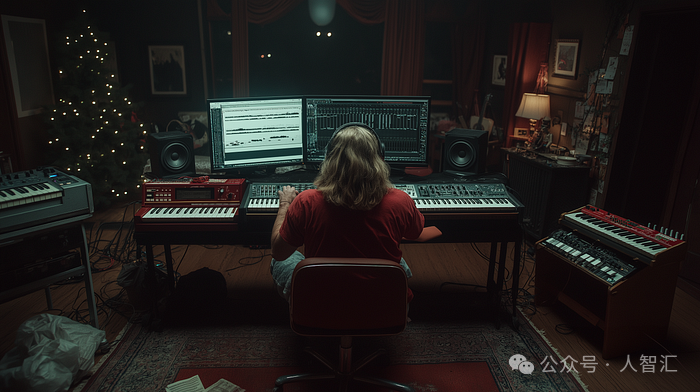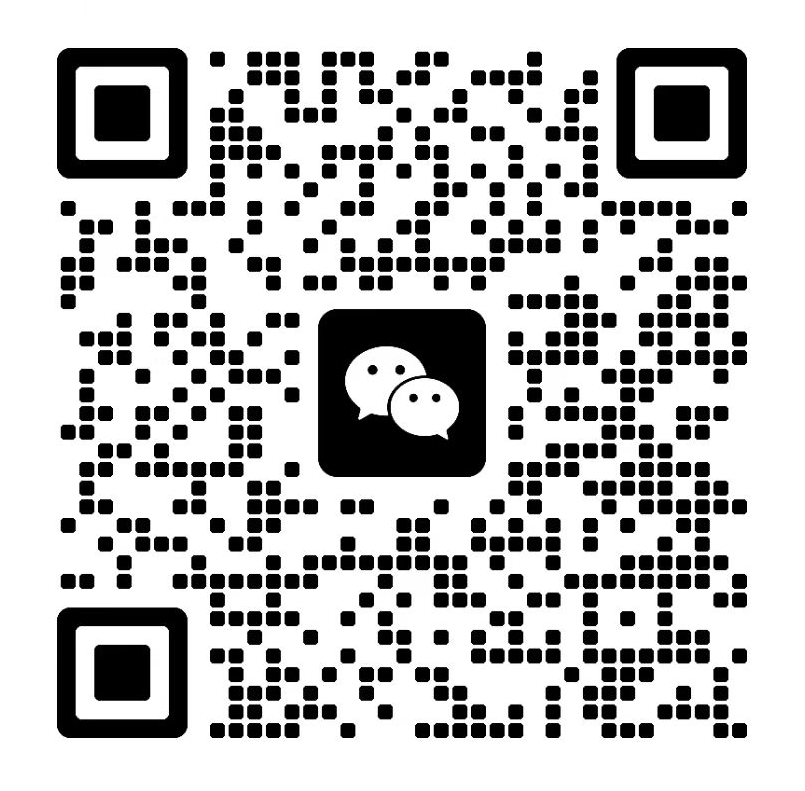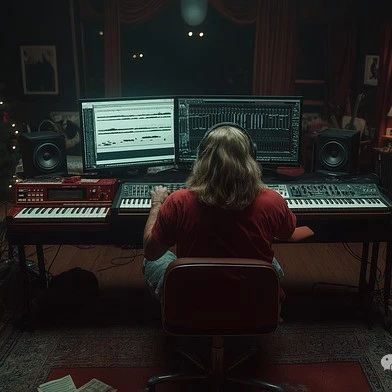

This article explores the technical and creative limitations to consider when using Suno AI for music creation and provides corresponding solutions and best practices.
Main Points
Understanding and overcoming the technical limitations of Suno AI music generation, including challenges in sound quality and control over musical structure.
Proposing creative solutions, such as improving lyric fluency and managing transitions between sections.
Sharing effective workflow tips, such as version control and quality checks, to enhance creative efficiency.
Emphasizing the importance of creativity based on understanding the limitations of Suno AI, seeking unique solutions.
This content was generated by AI summarization.

Mastering the Suno AI music generation series, part 3 of a total of 4 parts
Connections
The Journey of AI Music Mastery – Four Articles Mastering Suno AI: A Prompt System Explained in Three Parts (1/4)
The Journey of AI Music Mastery – Four Articles Mastering Suno AI: Mastering V4 Prompt Techniques (2/4)
Table of Contents
-
Introduction -
Technical Limitations -
Creative Challenges -
Workflow Limitations -
Conclusion and Next Steps
Introduction
In parts 1 and 2, we explored the powerful features and advanced techniques of Suno AI. Now it’s time to address a key aspect of AI music production: understanding and working within its limitations. While Suno AI is revolutionary, it is not magic, and understanding its boundaries can help you achieve the best results.

[Prompt]: A musician sits at a modern desk, centered in frame. On the left monitor, traditional sheet music notation flows into a spectrogram visualization. The right monitor shows AI interface controls and waveforms. The musician wears headphones and their hand hovers over a MIDI controller, while their other hand rests on a computer keyboard. A small vintage synthesizer sits at the desk’s edge, connected to the modern setup. — chaos 20 — ar 16:9 — style raw — personalize 6huqhqy — stylize 900 — v 6.1
As someone who has generated hundreds of tracks using Suno, I have encountered nearly all the limitations of the platform. More importantly, I have found ways to address many of these constraints. This knowledge is not meant to lower expectations but to prepare for success by understanding what is possible and how to achieve it.
In this article, we will explore:
-
Technical Constraints and Solutions -
Creative Solutions to Common Challenges -
Workflow Optimization Strategies
Technical Limitations
Sound Quality Constraints
Let’s address the elephant in the room: the audio generated by AI is still not comparable to professional studio quality.
Vocal Characteristics:
-
Metallic overtones in the high frequencies -
Occasional artificial artifacts -
Inconsistent breath control
Pro Tip: Use simple, clear vowels for better sound clarity. Words with complex consonant clusters often yield less clear results.
Problematic: "Stretched throughout the strength of nights"Improved: "Moving through the summer night"Examples of problematic lyrics and improved lyrics:
Problematic: “Stretched throughout the strength of nights”
Improved: “Moving through the summer night”
⚠️Common Mistake: Not considering the limitations of sound production when writing lyrics.
Control Limitations in Synthesis
While Suno offers impressive controls, certain musical elements remain challenging:
Timing accuracy issues:
[Verse // Uptempo] // May not match exact BPM[Drop // 128 BPM] // BPM specification often ignored🔬Try this: Generate the same track multiple times to observe timing variations and identify how Suno interprets tempo directive patterns.
Creative Challenges
Lyric Flow Issues
Natural language processing can sometimes struggle with:
-
Word emphasis -
Phrasing transitions -
Repetition handling
Solutions to improve flow:
Original: "I can't believe what you did to me"Improved: "I can't believe what you've done"(Shorter phrases often flow better)Original: [Chorus] The night is young, the night is brightImproved: [Chorus] The night is young (the night is young)(Intentional repetition marked with parentheses)Pro Tip: Write lyrics with natural breathing points for better flow.
Structural Challenges require careful handling of slice bleeding and transitions:
[Verse 1 // Clear end]Last line of verse[// Short pause][Chorus // Strong start]First line of chorus🔑Key Point: Clear section boundaries and simple transitions yield better results.
Workflow Limitations
Iterative ConstraintsSuno‘s single iteration nature requires a strategic approach:
Version control example:
Project: Summer_Dance_TrackVersion 1: Base_128BPMVersion 2: Base_128BPM_NewChorusVersion 3: Base_128BPM_NewChorus_AdjustedDropPro Tip: Keep the best prompts in a structured template library.
Process ManagementDespite limitations, workflows can be efficient:
-
Quality Control Checklist:
□ Sound clarity check□ Section transition review□ Overall mix balance□ Structural consistency□ Style consistency
⚠️Common Error: Not tracking successful prompt combinations.
🔬Try this: Create a structured testing protocol for new tracks:
-
Generate a base version -
Create 3 variants -
Record what works/does not work -
Improve methods based on findings
ConclusionUnderstanding Suno’s limitations is not about focusing on the impossible, but mastering what is possible. Every creative tool has limitations, and working within them often leads to unique and innovative solutions.
In part 4, we will explore best practices based on this knowledge to help you create consistently excellent tracks while avoiding common pitfalls.
Resources and Next Steps
Quality Control Template
Track Name: [Project_Name_v1]
Generation Date: [YYYY-MM-DD]
Base Prompt: [Key elements used]
Quality Metrics:Vocal Clarity:□ Poor□ Fair□ Good□ Excellent
Section Transitions:□ Poor□ Fair□ Good□ Excellent
Mix Balance:□ Poor□ Fair□ Good□ Excellent
Notes for Improvement: [Your observations]Workflow Optimization Checklist
-
Project Organization – Consistent naming conventions – Version tracking system – Timely documentation -
Quality Control Processes – Initial assessment – Variant testing – Results documentation
Preview of Part 4Get ready to explore:
-
Comprehensive best practices -
Workflow optimization -
Future possibilities and growth
Continue your journey with part 4: “Mastering Suno AI: Best Practices and Future Visions” will be released next.
Related Recommendations
The Journey of AI Music Mastery – Four Articles Mastering Suno AI: A Prompt System Explained in Three Parts (1/4)
The Journey of AI Music Mastery – Four Articles Mastering Suno AI: Mastering V4 Prompt Techniques (2/4)
Human Intelligence Exchange
Bringing Future Intelligence to Life
Facilitating Human Communication with Future Intelligence Platforms
Across the Internet | Human Intelligence Exchange
Join the Communication Group ·

 |
AIGC Communication Group · |
 |
Office Application Communication Group |
 |
AI Programmer Communication Group |
